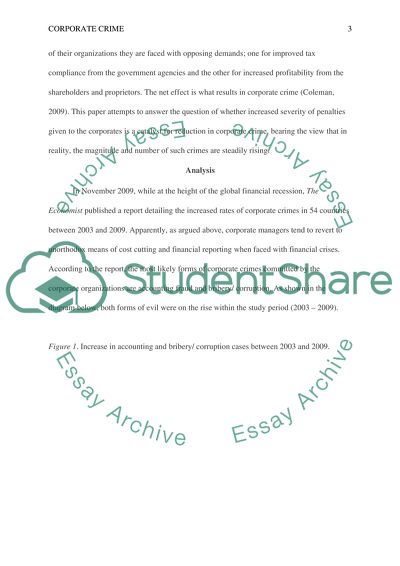Cite this document
(The Private Sector and Further Perpetration Report, n.d.)
The Private Sector and Further Perpetration Report. https://studentshare.org/sociology/1854391-sociology
The Private Sector and Further Perpetration Report. https://studentshare.org/sociology/1854391-sociology
(The Private Sector and Further Perpetration Report)
The Private Sector and Further Perpetration Report. https://studentshare.org/sociology/1854391-sociology.
The Private Sector and Further Perpetration Report. https://studentshare.org/sociology/1854391-sociology.
“The Private Sector and Further Perpetration Report”. https://studentshare.org/sociology/1854391-sociology.


